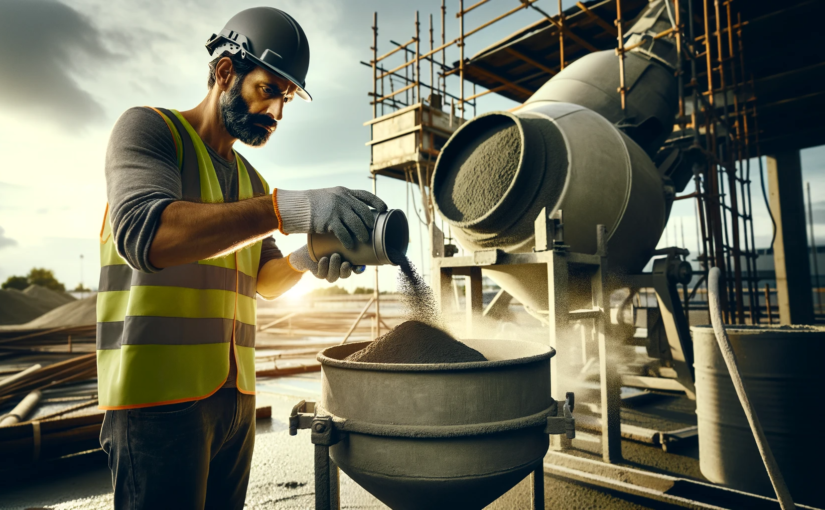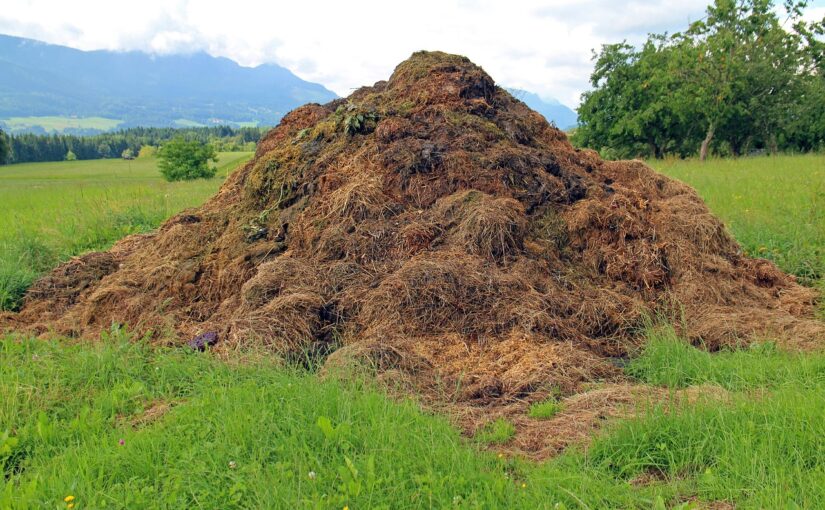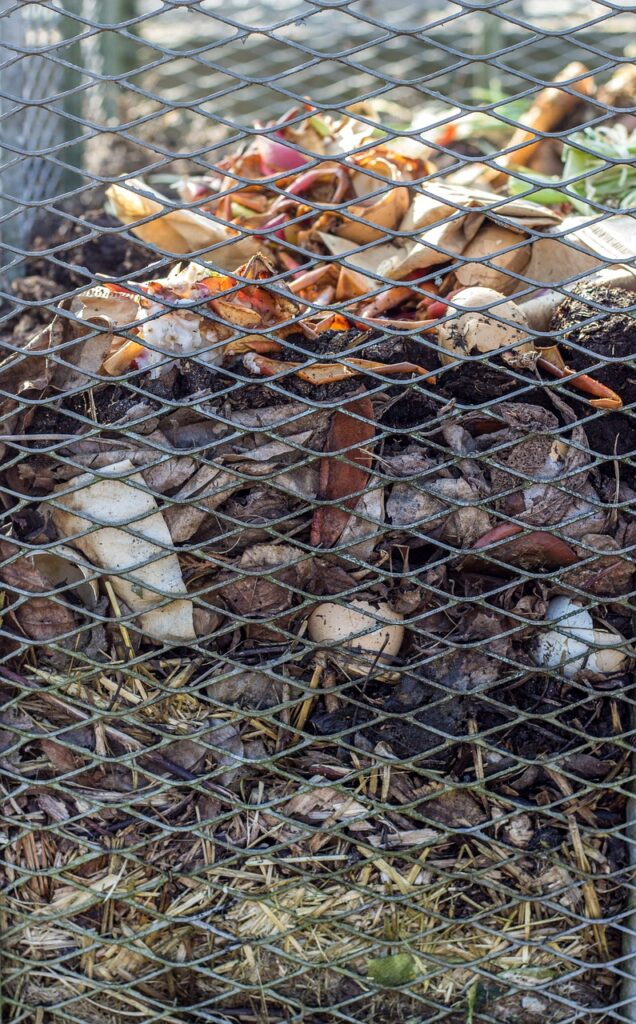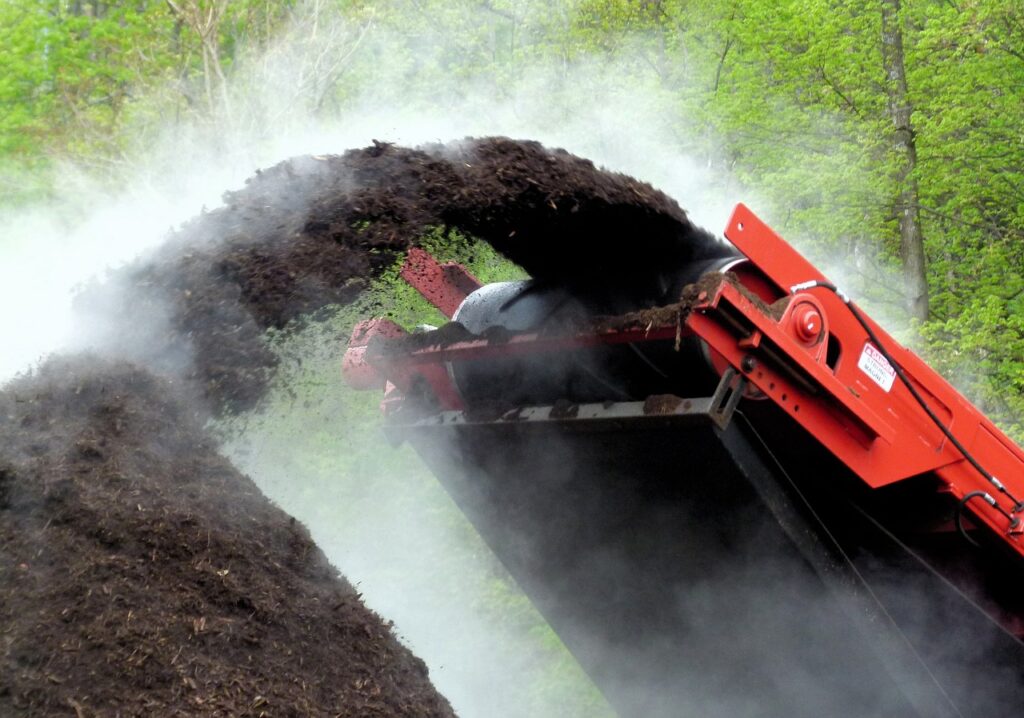Imagine a material that can do amazing stuff for existing buildings and new construction. That material is graphite, a kind of carbon (the same stuff diamonds are made of, but in a different form). You already use it, whenever you use a pencil; but many don’t know that it is a superstar in the construction world too!
Graphite in Construction: Benefits
- Makes Buildings Lighter: It helps make building parts lighter. This is a big plus when it comes to precast elements and their transportation.
- Turns Up the Heat (Conductivity): It is like a super-highway for heat. It helps spread heat quickly across building materials, preventing hot spots.
- Safe and Friendly: It’s non-toxic (doesn’t harm us), relatively easy to find or make, and doesn’t ask too much for our planet’s resources.
- Blocking Electromagnetic Rays: Just like sunscreen protects us from the sun, graphite in buildings can shield us from electromagnetic radiation (the waves from our electronic gadgets).
- Easy to Work With: Builders find graphite easy to use. It’s like having a friendly ingredient in a recipe that mixes well with everything.
Different Types of Graphite
It isn’t just one thing; it’s got different faces:
- Natural Graphite: This is graphite as Mother Nature makes it. It can be “amorphous” (without a clear shape) or “crystalline” (with a definite structure).
- Synthetic Graphite: People also make graphite in labs, using things like petroleum coke and coal tar pitch.
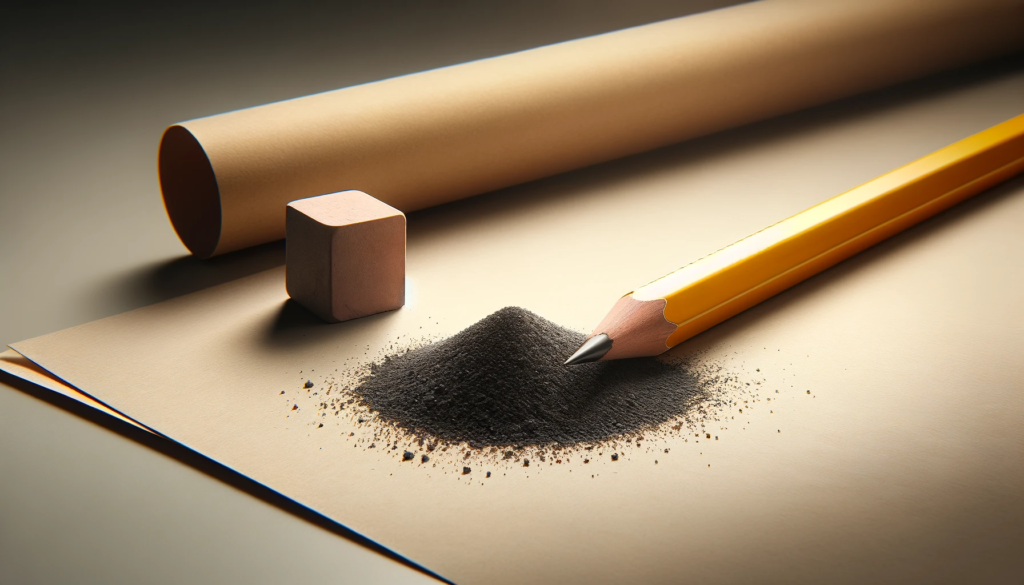
Graphite’s Secret Powers
It is a bit of a superhero in the construction world:
- Heat and Electricity Boss: It’s great at moving heat and electricity around, but it’s not heavy like metals.
- Chemically Chill: Graphite doesn’t freak out and react when mixed with other stuff like cement or clay. It’s calm and composed.
- Thirsty and Giving: Natural graphite can absorb and release water, like a sponge. This is especially nice for the walls in your home as it regulates humidity and maintains a comfortable atmosphere in the house.
Getting Graphite
We find graphite in flaky or grainy form in rocks or as veins in special kinds of rock called pegmatite. Countries like China, Korea, Brazil, and India are big shots when it comes to mining graphite.
Graphite in Construction
Graphite doesn’t just do one job in construction; it wears many hats:
- Graphite Powder: Sprinkled into materials, it gives them special powers, like being better at handling heat or electricity.
- Graphite Sheets: These are like thin pages of graphite magic, ground up and used in different ways.
From Pencils to Buildings
We all know graphite from pencils, but in construction, it’s a rising star. It’s not just about making buildings; it’s about making them smarter, safer, and more comfortable.
So, let’s use graphite, a humble material with superhero powers, especially in the world of construction!
